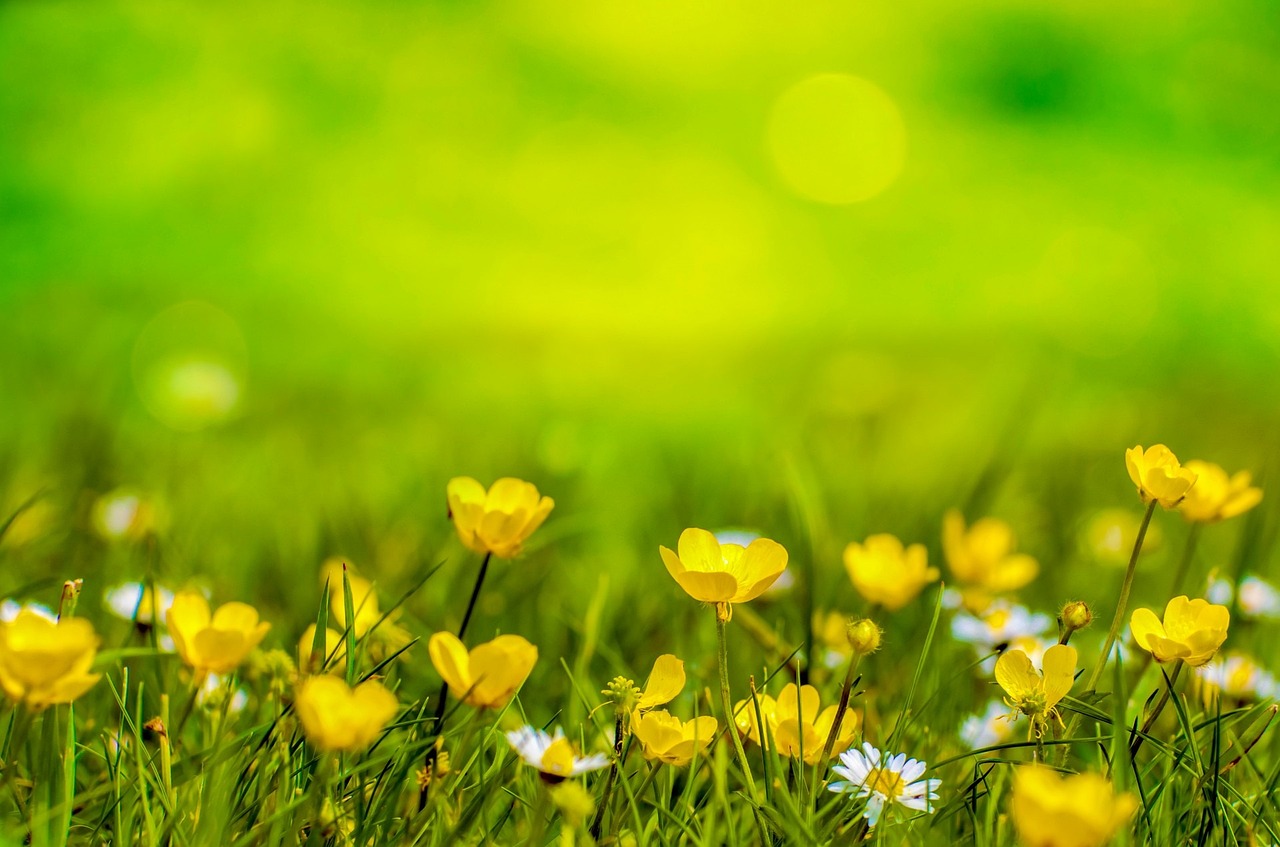Table of Contents
ToggleIntroduction:
Climate change is a major issue that is affecting the world today. One of the contributors to climate change is the improper management of lawns. Lawns require a lot of water, fertilizer, and chemicals, which contribute to the emission of greenhouse gases. However, there are many climate-smart practices that we can adopt to reduce the impact of our lawns on the environment. In this article, we will explore some of these practices.
Water Conservation:
Water conservation is essential in maintaining a climate-smart lawn. One of the ways to conserve water is to water your lawn in the early morning or late evening. This will reduce evaporation, and the water will soak deep into the soil, reaching the roots of the grass. Another way to conserve water is to use a rain gauge to measure the amount of rain that falls on your lawn. This will help you determine the amount of water you need to supplement to maintain a healthy lawn.
Use Native Plants:
Using native plants in your lawn is a climate-smart practice. Native plants require less water, fertilizer, and chemicals compared to non-native plants. They are also adapted to the local climate, which means they are less likely to suffer from stress or diseases. Moreover, native plants provide habitats for native wildlife, which helps to maintain biodiversity.
Composting:
Composting is an excellent way to reduce waste and improve soil health. By composting your yard waste, such as leaves, grass clippings, and small branches, you can create a nutrient-rich soil amendment that will help your lawn grow healthier. Composting also reduces the amount of waste that goes to landfills, which reduces greenhouse gas emissions.
Organic Fertilizers:
Using organic fertilizers is a climate-smart practice. Organic fertilizers are made from natural sources such as compost, bone meal, and blood meal. They release nutrients slowly, which means they do not leach into the groundwater or contribute to nutrient pollution in nearby water bodies. Organic fertilizers also improve soil health, which makes your lawn more resistant to pests and diseases.
Integrated Pest Management:
Integrated Pest Management (IPM) is a climate-smart practice that helps to manage pests and diseases in your lawn without using harmful chemicals. IPM involves monitoring your lawn regularly to detect early signs of pest or disease infestation. You can then take action by using natural pest control methods such as introducing predatory insects or using organic pesticides.
Mowing Practices:
Mowing practices are critical in maintaining a climate-smart lawn. One of the ways to reduce the impact of mowing on the environment is to mow your lawn at the right height. Mowing your lawn too short can damage the roots of the grass, which can make it more susceptible to stress and diseases. Mowing your lawn too high can also make it more susceptible to pests and diseases. Therefore, it is essential to mow your lawn at the right height to maintain healthy grass.
Reduce Chemical Use:
Reducing the use of chemicals in your lawn is a climate-smart practice. Chemicals such as herbicides, pesticides, and fungicides can harm the environment by polluting the air, water, and soil. They can also harm beneficial insects and wildlife. Therefore, it is essential to reduce the use of chemicals in your lawn by using natural pest control methods and organic fertilizers.
Conclusion:
In conclusion, there are many climate-smart practices that we can adopt in our lawns to reduce their impact on the environment. Water conservation, using native plants, composting, using organic fertilizers, integrated pest management, mowing practices, and reducing chemical use are all essential practices that can help to maintain a healthy lawn while reducing the impact on the environment. By adopting these practices, we can help to mitigate the impact of climate change on our planet and ensure a sustainable future for generations to come. Remember, every small step we take towards a climate-smart lawn contributes to a larger effort to combat climate change.







